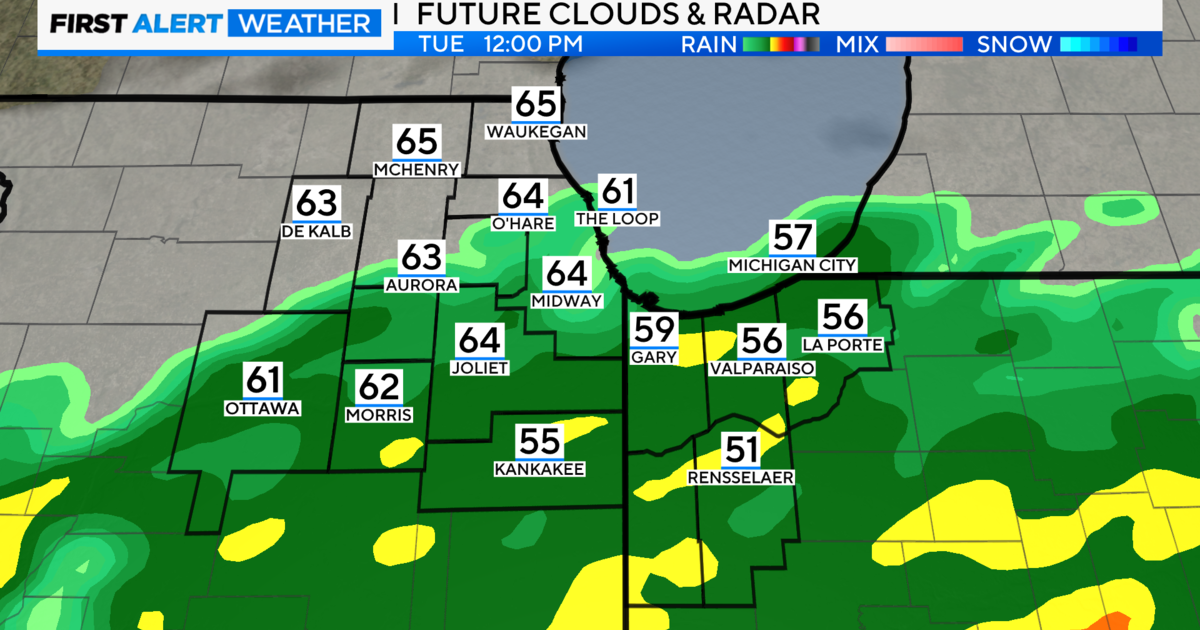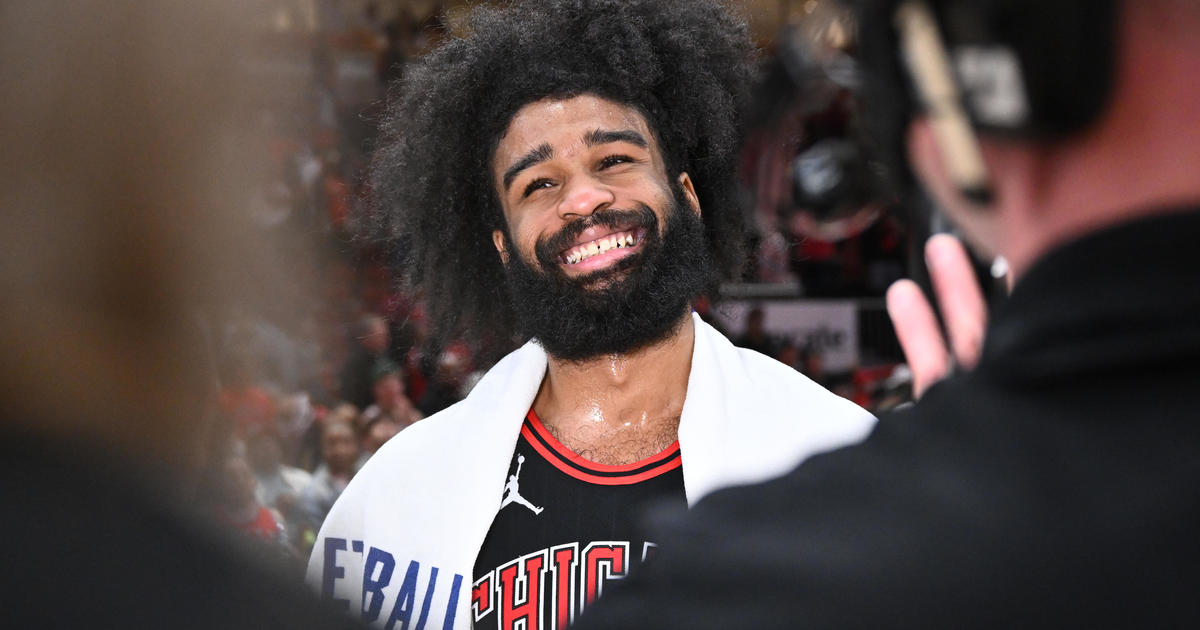Gabriel: The Art, Intricacies Of Trading Up, Down In The NFL Draft
By Greg Gabriel--
(CBS) There has been a lot of discussion recently of the Bears trying to trade down from their No. 3 slot in the first round of the NFL Draft, which begins April 27. In a strong draft like this one, it would be a prudent idea, as the third overall pick is quite valuable when it comes to trades.
Saying you want to trade down and executing it are two different beasts. Most importantly and most obviously, there has to be a buyer in order to complete the deal. If there's indeed a buyer, there must to be a player that team wants to trade up to get because it fears another club will nab him. It remains to be seen if there's such a player or players in this draft. While one club may highly value a player, that doesn't mean all clubs do.
One of the complications here is that two players who could be legitimate top-three candidates have injury question marks. Ohio State safety Malik Hooker had two surgeries this offseason, for a sports hernia and a hip labrum. Alabama defensive lineman Jonathan Allen has arthritis in both his shoulders. While both players may have received medical clearance from some teams, that doesn't mean all clubs have passed them.
We know that information won't be made public. If by chance something is leaked, there's a good chance it's misdirection. It's probably being done by a team drafting lower that actually medically cleared the said player and wants him to drop. So the interested team would leak off-the-record comments about his injuries being a concern.
Any top-five pick is valuable when it comes to a potential trade. Most teams use the point chart when it comes to making a deal. On the chart, each pick has a number value connected to the pick. For example, the first pick is worth 3,000 points, the second is worth 2,600 points and the third is worth 2,200. If the Bears wanted to trade down from No. 3 overall to, say, No. 8 overall -- which is worth 1,400 points -- the team holding the eighth selection would have to give to the Bears draft picks that make up the 800-point difference between the two.
In this case, the Bears would need a high second-round pick (worth about 520 points) and a third-rounder (worth about 260 points).
If the club seeking to trade up doesn't want to give up two picks this year, it would likely have to deal away a second-rounder this year and another second-rounder next year (in place of this year's third-rounder). Why? Because a team that has to wait a year for payment is going to force the other club to pay a premium. That premium is usually one round.
While the trade chart isn't always an exact, it's a guide. Each year the market value of a trade could change, but it usually isn't by much.
In a hypothetical in which the Bears trade down from No. 3 to No. 12 overall, the point differential would be 1,000. The team moving up would have to give up a minimum of two second-round choices this year or a high second-rounder this year and a first-rounder in 2018. The further back a club goes, the higher the bounty to make the trade.
What makes the Bears' third slot so interesting is that if a club wanted to trade up to No. 2, that slot is worth 400 more points -- meaning just going up one more slot from No. 3 would likely cost the team moving up around another mid-second-round pick. So in theory, why trade to No. 2 when a team could probably get the same player at No. 3 and not have to pat nearly as much?
That's just part of the intrigue as the NFL Draft approaches.
Greg Gabriel is a former NFL talent evaluator who is an on-air contributor for 670 The Score. Follow him on Twitter @greggabe.



